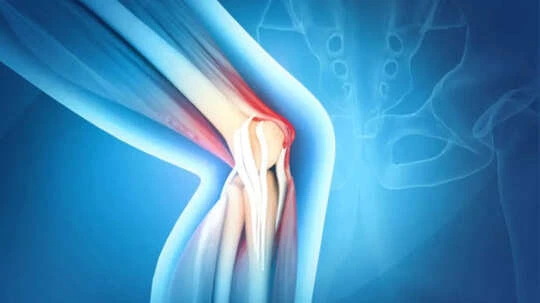A 12-year-old student died allegedly after being given corporal punishment by her teacher for reaching school just ten minutes late. According to Kajal Gond’s parents, the class 6 student from Vasai was made to do 100 sit-ups, and just after she completed them, Kajal began experiencing severe pain in her lower back.
When Kajal returned home, her health continued to deteriorate, leading to her being admitted to a hospital. “Permission was not granted because my daughter was late. Because my child was late, she was made to do sit-ups with bags hanging, along with many other students,” Kajal’s mother, Geeta, told ANI.
“When my daughter came home at five in the evening, she said that her back was hurting… Upon inquiring, she told me what happened… Since then, her problems kept increasing, and ultimately, she died,” she added.
What happens when an untrained person does excessive sit-ups?
According to experts, excessive sit-ups can lead to rhabdomyolysis in untrained individuals, which causes muscle breakdown, kidney failure, and potentially death, especially in kids.
Doctors state the most immediate effect is likely to be delayed onset muscle soreness or DOMS – a normal part of muscle building that causes pain, stiffness, and tenderness 24 to 48 hours after the workout. However, excessive and sudden intensity also leads to more serious abdominal muscle strains.
Increased risk of rhabdomyolysis
In a few rare but severe cases, sudden, intense exercise in an untrained person can also cause rhabdomyolysis – a dangerous condition that causes your muscles to disintegrate – leading to muscle death. When this happens, toxic components of your muscle fibres enter your circulatory system and kidneys, causing damage.
This dangerous muscle condition results from overexertion, trauma, medications, or an underlying health condition.
What are the signs and symptoms of rhabdomyolysis?
A few signs and symptoms of rhabdomyolysis include:
- Swelling and inflammation in the muscles
- Weakness in muscles
- Tender and sore muscles
- Dark pee, which is brown, red, or tea-coloured
Doctors say the symptoms of rhabdomyolysis range from mild to severe. Symptoms usually develop one to three days after a muscle injury, though some people may not even notice muscle soreness. Many people also experience:
- Dehydration
- Decreased urination
- Nausea
- Loss of consciousness
What happens to the muscles during rhabdomyolysis?
Since rhabdomyolysis causes your muscles to break down and deteriorate, it makes the components of your muscles leak into your circulation system, including large amounts of:
- Potassium
- Phosphate
- Myoglobin
- Creatine kinase
- Urate
Your kidneys are responsible for removing these components from your blood so you can get rid of them in your pee. In large quantities, these muscle components damage your kidneys. If your kidneys cannot get rid of your body’s waste fast enough, it leads to kidney failure, which is life-threatening.
Other complications of rhabdomyolysis include:
- Electrolyte imbalance
- Metabolic acidosis
- Compartment syndrome
- Disseminated intravascular coagulation
